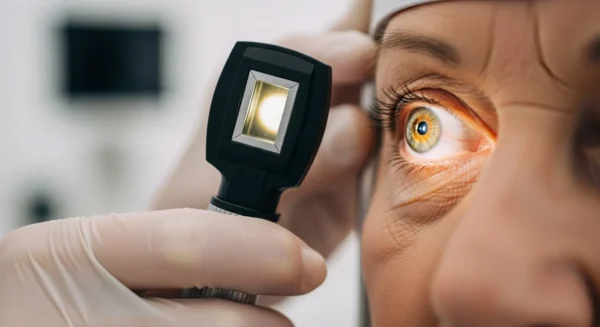
Frequently Asked Questions
1. How long does it take to see a change in my blood pressure from mindfulness?
The effects of mindfulness can be both immediate and long-term. You may feel a sense of calm and stress relief right after your first five-minute session. However, measurable, lasting changes in blood pressure typically take time and consistency. Studies have shown that it may take several weeks or even a few months of regular practice to see a stable, positive impact. Think of it as a long-term investment in your senior heart health, rather than a quick fix.
2. Can I stop taking my blood pressure medication if I practice mindfulness?
No, absolutely not. This is one of the most important safety points. You should never, under any circumstances, stop or alter your prescribed medication without speaking directly with your doctor. Mindfulness is a powerful complementary therapy that can support your medical treatment, but it is not a replacement for it. Think of it as one of several important tools in your health toolkit, alongside medication, diet, and exercise.
3. What if I can’t sit still or clear my mind?
This is a very common and completely normal experience. Many people find it difficult to sit still, and the idea of a “clear mind” is a myth. Our minds are designed to think! The goal of mindfulness is not to stop thoughts, but to change your relationship with them. Instead of getting carried away by a thought, you learn to observe it and let it pass. If sitting is uncomfortable, try mindful walking. If your mind feels extra busy, focus more intensely on the physical sensation of your breath. Patience is key.
4. Are there any apps or resources to help guide me?
Yes, there are many excellent resources available. Smartphone apps like Calm, Headspace, and Insight Timer offer thousands of guided meditations, including many specifically for beginners or for stress reduction. Many local libraries also offer free access to these apps or have CDs with guided meditations. You can also find countless free guided practices on websites like YouTube. Look for instructors with calm, soothing voices and start with short, 5-to-10-minute sessions.
5. Does Medicare cover mindfulness or meditation classes?
This is a great question. Generally, Original Medicare (Part A and Part B) does not cover wellness programs like meditation or mindfulness classes. However, some Medicare Advantage (Part C) plans offer additional benefits, which can sometimes include a fitness or wellness allowance (like SilverSneakers) that might be used for such classes. Coverage varies widely between plans. The best course of action is to check with your specific plan provider directly to see what wellness benefits are included. For insurance and medical coverage questions, refer to Medicare.gov.
Disclaimer: This article is for informational purposes only and does not constitute medical advice. The content is not intended to be a substitute for professional medical advice, diagnosis, or treatment. Always seek the advice of your physician or other qualified health provider with any questions you may have regarding a medical condition.















